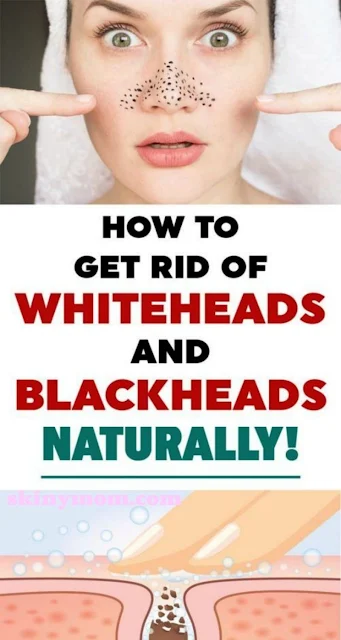Perhaps the best way to think of acne is that it is an external manifestation of an internal imbalance. Simply put, the driving force behind acne is an over secretion of skin oil (sebum) by the sebaceous glands in the skin. This oversecretion by the sebaceous glands initially shows up as “oily skin,” as the excess sebum reaches the surface of the skin. This is the first warning sign that indicates you may succumb to acne.
Actually you can stop this process and prevent acne from coming if you step in with preventive care to moderate the oiliness. When the over production of skin oil persists, and the pores in the skin become clogged with dead skin cells and debris, we see the appearance of comedones more commonly known as whiteheads and blackheads. This is indeed the first stage of acne and must be treated, otherwise it may become chronic, lead to more severe stages of acne with larger pimples and even cysts and finally result in damaged skin in the form of acne scars and marks.
Why are some comedones white and some black?
The pore with the trapped material can be open, which allows the excess oil to be exposed to the air whereupon it becomes oxidized and presents itself as a blackhead. The pore can remain closed or not open to the air and often will become inflamed and is called a white head. An additional component of comedones can be trapped bacteria which grow on the excess trapped skin oil. The bacteria can attract white blood cells from the immune system leading to an inflammatory response. If the inflammation is close to the surface of the skin, the pimple is often called a pustule. If the inflammation is deeper in the pore, this is considered an acne papule, which is commonly referred to as an “acne pimple”. When the inflammation is deeper in the skin and spreads to the adjoining area outside of the pore, this is referred to as cystic acne.
The common denominator in all the forms of comedones and acne pimples is the excess production of sebum by the sebaceous glands. Subsequent involvement of bacteria and the location of the inflammation then dictates the stage of acne. One way to consider the formation of acne pimples is to consider stages:
• The first being oily skin when the excess sebum makes it to the surface of the skin and the pores remain unclogged,
• This is followed by comedones (blackheads and whiteheads), which result from the pore becoming clogged and dilated with not only the excess sebum but also dead skin cells and debris.
• Lastly as bacteria start to grow, you enter into the inflammatory phase of acne with pustules, papules, and cysts.
The next piece of the puzzle is, what causes the sebaceous glands to over produce sebum? The easy answer is fluctuations in hormone levels in particular androgens, which will stimulate sebum production.
With this understanding of how comedones and acne pimples form, it helps us understand ways to prevent or treat these external manifestations of over active glands. Ideally, one would like to prevent or counter balance the over secretion of sebum which is the etiologic or driving force of comedone and pimple formation. Care needs to be taken with your skin hygiene routine to not clog the pores, which of course will lead to comedone and pimple formation.
Do’s and Don’ts of Dealing with Whiteheads and Blackhead
Squeezing whiteheads and blackheads is highly NOT recommended, and may lead to infection and acne scars. The only practical way to deal with whiteheads and blackheads is PREVENTION. Prevention in this case means using an efficient acne treatment that actually helps to regulate the sebum secretion and a consistent, effective cleaning method.
Properly clean your face twice daily, and remember the following:
• Don’t use makeup
This creates more oil, and may also cause abrasions that allow bacteria to access deeper layers of the skin, which is exactly what you don’t want
•No picking or popping!
This allows more bacteria to enter, creating a vicious inflammation cycle; it also destroys tissue
• If you use makeup
use a non-comedogenic product and always wash it off properly at night
In addition to treating and preventing your acne with the right treatment and cleaning method, you can use this comedone fighting skin mask, which helps to dissolve the sebum accumulated in your skin pores. It can be used twice a week. Do not use if you have open cysts.
Comedone Fighting Skin Mask
Ingredients
• 1 egg white
• 2 tablespoons brown preferably organic sugar
• 2 tablespoons high-quality extra virgin olive oil (or olive nectar)
• 1 small peeled papaya or 2 thick slices of a largely peeled papaya
• ½ teaspoon of baking soda
Instructions
Mix all ingredients in a blender on a low speed until
creamy. Massage on a clean face with your fingers in circular motion
with moderate (not high) pressure for about 30 seconds. Leave on for
twenty minutes, and then rinse with lukewarm water.
